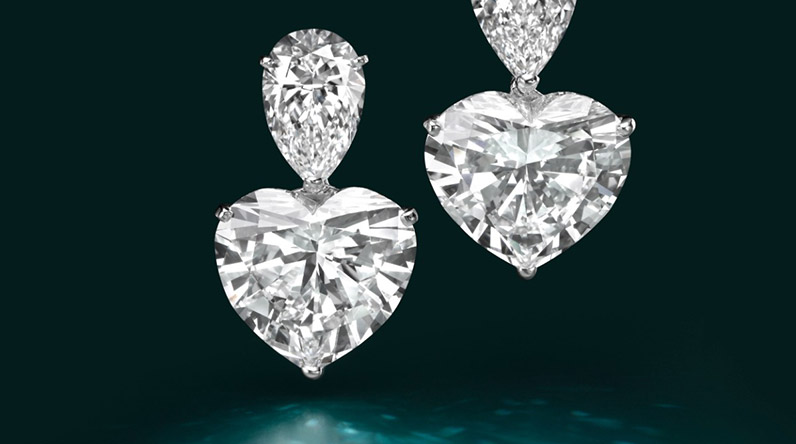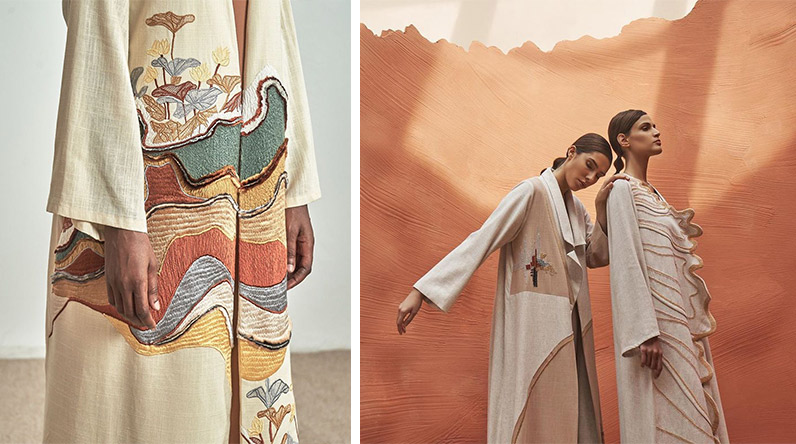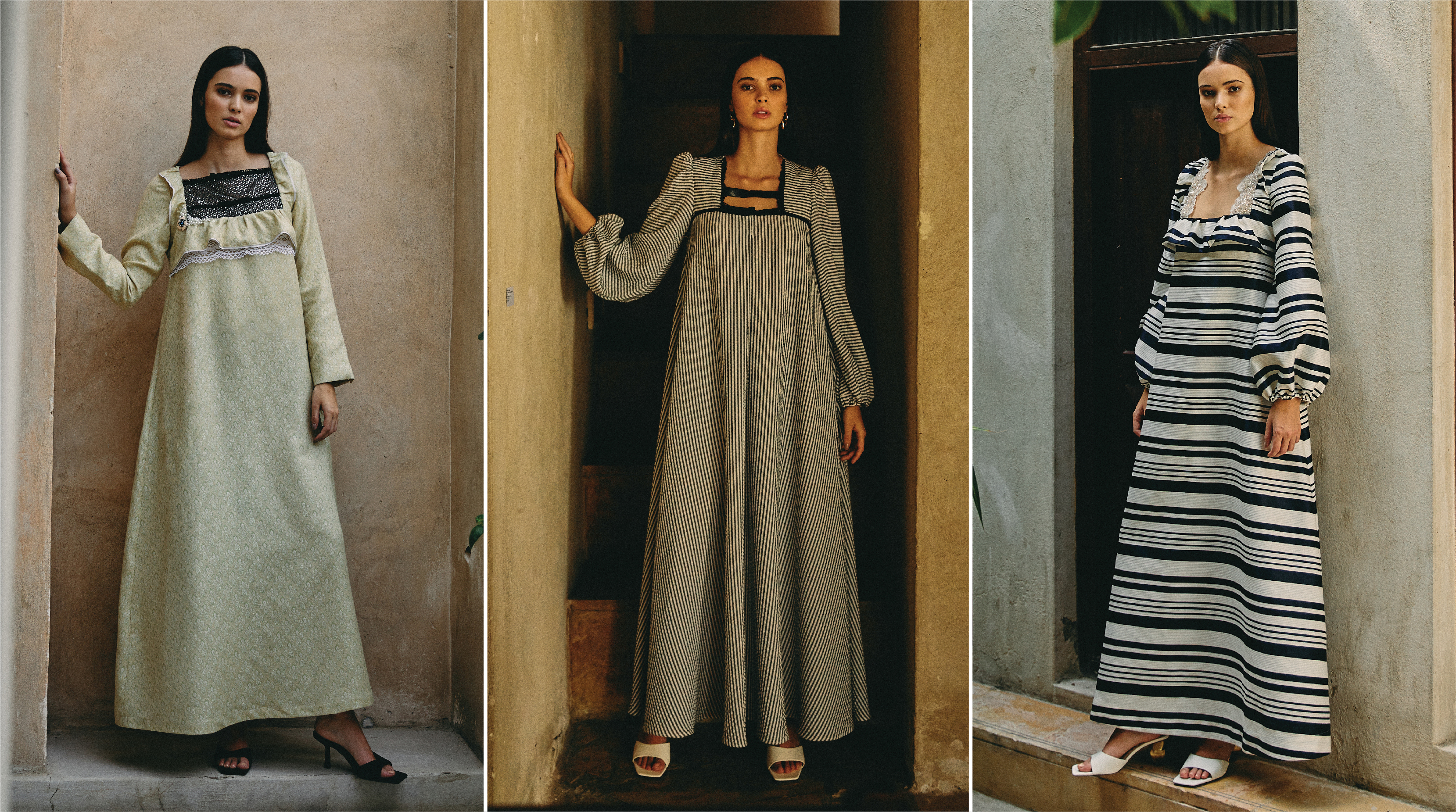By Tamara Moussaieff Buying a diamond is always an exhilarating experience. Coveted for their beauty and status, diamonds are the quintessential heirlooms, as well as a shrewd investment. In fact diamonds embody the most concentrated form of wealth. They are easily transported, and easily converted into cash when required.
Investment-quality diamonds are expensive because they are relatively rare. Thousands of tonnes of ore provide only a very small quantity of polished, top gem diamonds. The polished gems are then divided into categories of ‘top gem’, ‘fine’, ‘medium’ and ‘near-gem’ quality.
When buying a diamond it’s important to rely on Gemological Institute of America (GIA) grading reports, which describe in detail what you are getting and, of course, view as many diamonds as possible.
The origin of the name ‘diamond’ comes from the Greek word ‘adamas’, meaning ‘invincible’. But the diamond’s long-standing association with invincibility is not rooted in myth and legend alone; scientifically, diamonds are known as the hardest substance on Earth.
Selecting the right stone can be dazzling, but it can also be a daunting prospect. Knowing what to look for and the right questions to ask is vital. This beginner's guide to buying diamonds will help you on your journey:
Carat

A carat refers to the weight of the diamond: a carat is a fifth of a gram.
The word ‘carat’ derives from ‘carob’ - the dried seeds from the pods of the carob tree - which are highly consistent in size and weight. They were once used as counterweights when weighing diamonds using mechanical scales.
These days, diamonds are weighed more precisely, with one metric carat defined as 200 milligrams.
Clarity

GIA grading of clarity goes from Flawless to IF, then VVS (very, very slightly included), VS, SI (slightly included) and finally I (included). Obviously, for investment, one should aim for the highest affordable clarity, preferably IF or VVS. Inclusions should not be visible with the naked eye.
With the 10X loupe, one should not easily perceive fissures, which could risk the durability of your diamond. ‘Graining’ is visible texture, similar to ice on water, and is the expression of the natural grain lines that form parallel to the cleavage planes of the stone. Clouds, if easily seen, can easily inhibit the brilliancy.
Large black crystals should be avoided unless for budgetary reasons. The inclusion landscape should not be obtrusive or interfere with the beauty of the stone.
Color

Color in a diamond is measured by its degree of presence or absence.
If you’re looking for a long-term investment, the best are Golconda Type IIA diamonds: very limpid, whiter than white, no trace of color, and with super-clear transparency.
Traces of color increase gradually from D to Z, which has a pronounced and easily perceptible yellow tone. D is the most expensive, and visibly tinted yellow or brown stones tend to be less valuable.
Cut

The cut of a diamond should conform as precisely as possible to ideal proportions, or GIA ‘Excellent’ cut grade. This means that, according to the rules governing the behaviour of light in diamonds, maximum brilliancy is achieved when the angles to which the facets are cut are very precisely aligned.
If the cutter ‘swindles’ the stone to make it appear larger in size, the diamond will be less brilliant. A GIA grading report is essential when buying a diamond. When reading the GIA report, it is important to note the symmetry and polish sections, which should be graded ‘Excellent’ or ‘Very Good’. This means that the proportions are harmonious, with no misalignment or unsightly polishing lines.
‘Brilliance’ is defined as the return of white light to the eye, ‘fire’ or ‘dispersion’ is the breakup of light into its component rainbow colors.
Finally…
Most importantly, of course, the diamond should arouse strong positive emotions in the buyer – it’s a gift of love, after all. This beginner's guide to buying diamonds will help you identify what attributes to look for, but in the end, you should purchase with the heart. Good luck!
Coming soon: Shali Kasliwal on growing up in the family business: jeweller to the Maharajas, The Gem Palace
More about The of House of Moussaieff

Moussaieff jewels adorn the heads of international royalty as well as discerning collectors. The business was started in the 1850’s by the great grandfather-in-law of the current owner and Chairman of the Board, Alisa Moussaieff (pictured).
The House showcases the finest white diamonds up to and including exceptional stones of 100 carats each, as well as rare Fancy colored diamonds. The collection also exhibits exceptional colored gemstones; such as a limpid blue 168ct star sapphire bangle to a necklace with a multitude of 20ct and 30ct perfectly matched finest natural Colombian emeralds.
Moussaieff’s sumptuous pieces include many other gemstones such as vibrant Paraiba tourmalines, natural pearls, natural Kashmir sapphires and Burma rubies, set by the premier workshops of Paris.
Where: 172 Bond Street, London, W1S 4RE
Contact: +44 (0) 20 7290 1536
Instagram: instagram.com/moussaieffjewellers
Online: moussaieff-jewellers.com
Image credits: 1,2, 4, 6 & 8 Moussaieff; pic 7 Mikhail Mendelvich; 3 & 5 Shutterstock





